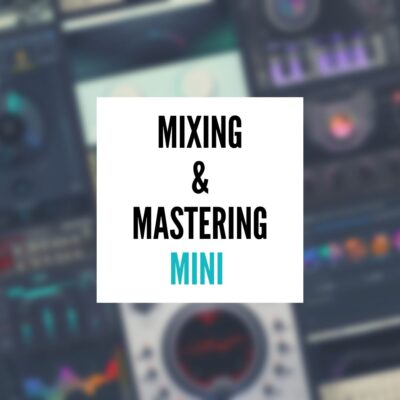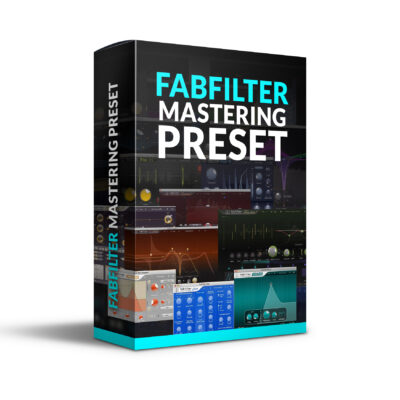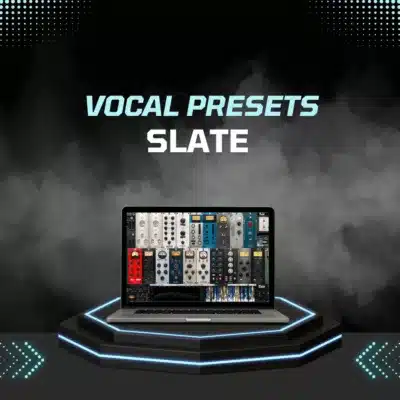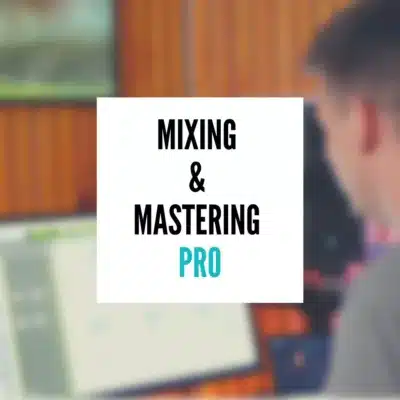Introduction: Why You Might Need to Remove Reverb in the First Place
Reverb can be a beautiful thing. When used intentionally, it adds space, dimension, and a sense of realism to a recording. But when it’s baked into a file—whether from a poorly treated room, an overzealous room mic, or just a bad vocal chain—it becomes more of a problem than a polish.
As a mixing and mastering engineer who’s spent the last 15 years helping artists turn rough demos into radio-ready records, I’ve run into this issue more times than I can count. Clients send me vocals recorded in bedrooms, bathrooms, and everything in between—often soaked in reverb that can’t just be EQ’d away.
So what do you do when the reverb is already printed into the audio? Can it actually be removed?
The short answer is: sort of. Thanks to modern DSP and machine learning, there are now tools that can intelligently reduce reverb and restore clarity—without destroying the tone of the performance. In this post, I’ll walk you through three of the best tools available right now: SPL De-Verb Plus, iZotope RX 11, and Waves Clarity Vx DeReverb Pro. I’ll share how I use each one, where they shine, and where they fall short.
SPL De-Verb Plus: Quick Fix for Subtle Problems
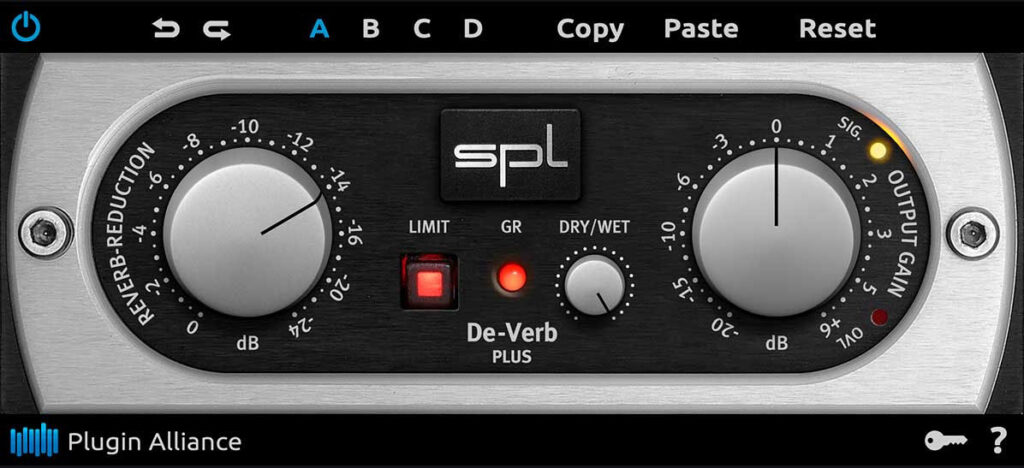
If you’re looking for a no-fuss way to tame room reflections or overly ambient recordings, SPL’s De-Verb Plus is a great place to start. It’s not the flashiest plugin on the market—but it does one thing, and it does it well: it reduces reverb tails with minimal setup or CPU load.
How It Works
The interface is dead simple. You’ve got a Reduction control that dials back the reverb in real time, and a Dry/Wet mix knob to blend the processed signal with the original. No spectral displays, no advanced settings—just two knobs and go. That simplicity is actually one of its biggest strengths, especially if you’re in a session and need results fast.
Where It Shines
SPL De-Verb is great for vocals recorded in untreated rooms—those tracks where the reflections aren’t extreme, but they still cloud the performance. It’s also useful for acoustic guitar recordings that sound a little too “live.” I’ve used it on background vocals that were tracked in a basement and it helped them tuck nicely into the mix without sounding phasey or unnatural.
Because it’s light on CPU, I’ve also used it in real-time while tracking overdubs remotely with artists who don’t have an ideal room setup.
Where It Struggles
This isn’t the tool for heavy lifting. If you’ve got a vocal recorded in a reverb-drenched stairwell or a church hall, De-Verb Plus won’t save the day. It doesn’t analyze the frequency spectrum or intelligently separate dry from wet like RX 11 or Waves Clarity Vx can.
Also, there’s no frequency-specific control—so if the reverb is only a problem in the low end or upper mids, you can’t surgically target that.
My Take
SPL De-Verb Plus is a utility plugin—it’s not magic, but it is reliable. I tend to reach for it when I just need to shave off a bit of space without introducing artifacts or overprocessing. It’s a great tool to have in the chain, especially in the early cleanup stages.
iZotope RX 11: Surgical De-Reverb with Spectral Precision
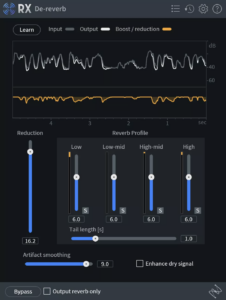
When the reverb isn’t just a minor annoyance but a full-blown problem, iZotope RX 11 is where I go. It’s not just a plugin—it’s a full-blown audio repair suite built for audio surgeons, restoration engineers, and mixers who deal with less-than-ideal recordings. And the De-Reverb module inside RX 11? It’s ridiculously powerful.
How It Works
RX 11 uses machine learning and spectral processing to analyze the reverb profile of your audio and intelligently remove it—without stripping away the musicality. You load your file into RX’s standalone editor or use it as a plugin via RX Connect, and from there you can isolate and reduce the reverb using either adaptive or learned settings.
One of the big wins here is visual feedback—you actually see the reverb tail energy in the spectrogram, and can tell what you’re affecting in real time.
Where It Shines
This is my go-to when I’m handed a vocal recorded in a bathroom or a live performance captured on a phone mic. The amount of control you have is unmatched—you can fine-tune how much of the reverb is removed, what frequencies are affected, and how it handles the tail vs. early reflections.
It’s also ideal when you’re cleaning up dialogue for video or rescuing poorly captured podcast recordings. I’ve even used it on stereo instrument mics that picked up way too much room tone, and the results were surprisingly natural.
Where It Struggles
With great power comes… a lot of knobs. RX 11 isn’t a casual plugin you can throw on a track and twist blindly. It requires some patience—and a good monitoring environment—to get the most out of it.
Another thing to note: CPU usage. RX is powerful, but it’s not light, especially when you start stacking modules or rendering high-quality offline passes.
Also, because it’s doing so much under the hood, it’s possible to overprocess if you’re not careful—leaving the audio sounding a bit hollow or metallic if pushed too far.
My Take
RX 11 is the most advanced de-reverb tool I’ve ever used, hands down. It’s not always necessary, but when I’m working with audio that’s really compromised—and I still need it to sound pro—this is the tool I trust. It’s not plug-and-play, but if you’re serious about audio restoration, it’s worth every penny.
Waves Clarity Vx DeReverb Pro: Real-Time Vocal Cleanup, Simplified

Waves’ Clarity Vx DeReverb Pro is a more recent entry into the game, and it brings something different to the table: AI-powered de-reverb that actually works in real time—without needing a degree in spectral processing. It’s built primarily for vocals, whether they’re sung or spoken, and it does a great job of cleaning up reflections fast.
How It Works
Clarity Vx DeReverb Pro uses neural network modeling trained to distinguish between the dry voice and the space around it. You get an intuitive slider that sets how much reverb you want to remove, along with a few sensitivity and processing mode options under the hood. It’s designed to be fast, transparent, and most importantly—easy.
You don’t need to “learn” the profile or run long renders. Just insert it on your vocal track, move the slider, and hear the difference immediately.
Where It Shines
This is the plugin I reach for when speed matters. If I’m doing a quick mix for a podcast, editing a demo vocal from an untreated room, or streaming something live where there’s a bit too much space in the room sound—this plugin delivers.
It also plays well with sung vocals, which surprised me at first. I’ve used it on rough home vocal recordings and it helped clean things up enough to make them work in the context of a polished mix—without flattening the tone or introducing weird phasing.
And because it’s real-time and low-latency, you can use it in sessions with no offline rendering or bouncing required.
Where It Struggles
Like most AI-driven tools, you give up some control in exchange for simplicity. You can’t fine-tune frequency ranges or reverb tails vs. early reflections. It’s a broad stroke tool—great when you’re in a rush, not so great when you need surgical precision.
Also, it’s vocals only. If you try to use this on a snare or acoustic guitar, the results aren’t pretty.
And while it’s effective, it doesn’t always sound as natural as RX 11 on more complex material. You’re trusting the AI to make a lot of decisions behind the scenes.
My Take
Waves Clarity Vx DeReverb Pro is what I recommend to producers and creators who need quick results that just work. It’s not the most customizable, but it saves time and rescues plenty of sessions where reverb was otherwise a dealbreaker. For anyone working with home-recorded vocals, this tool belongs in your chain.
Perfect—here’s the Comparative Breakdown section followed by the Conclusion + CTA, continuing the tone and format of the previous sections. This ties everything together and makes your expertise clear, while guiding readers toward action.
Comparative Breakdown: Which De-Reverb Tool Is Right for You?
There’s no one-size-fits-all when it comes to removing reverb. Each tool we’ve looked at has its own strengths—and depending on the session, one may outperform the others.
Here’s a side-by-side look at how they compare:
|
Feature |
SPL De-Verb Plus |
iZotope RX 11 |
Waves Clarity Vx DeReverb Pro |
|---|---|---|---|
|
Ease of Use |
Very high – plug and play |
Moderate – requires deeper knowledge |
High – intuitive AI interface |
|
Processing Depth |
Light to moderate |
Advanced – surgical level control |
Moderate – good for vocal tasks |
|
CPU Usage |
Low |
High |
Moderate |
|
Real-Time Processing |
Yes |
Not ideal (mostly offline) |
Yes |
|
Best For |
Mild reverb on instruments/vocals |
Heavy reverb in dialogue or music |
Fast vocal cleanup, podcasts, demos |
|
Learning Curve |
Minimal |
Steep (but powerful) |
Minimal |
Bottom line:
-
Use SPL De-Verb Plus for fast and light cleanup when time is tight.
-
Use iZotope RX 11 when you need surgical precision and full restoration.
-
Use Waves Clarity Vx DeReverb Pro when you want AI-driven speed and ease for vocals.
Conclusion: Don’t Let Bad Reverb Ruin a Great Performance
Reverb is part of the art—but only when it’s under your control. When it isn’t, it can distract from a vocal, blur the groove, and flatten your mix. The good news? You’ve got options. Whether you need quick and dirty, deep and detailed, or smart and fast, the right de-reverb tool can rescue your track.
I’ve personally used all three of these tools in real-world sessions—whether it’s a vocal tracked in a bedroom closet, dialogue recorded in an echoey hall, or a last-minute demo that needs to sound tight before hitting the label. Each plugin has earned its place in my workflow for different reasons.
And remember: while de-reverb tools are powerful, recording in the best space possible will always win. But when that’s not an option, these tools give you a fighting chance to clean things up—and sometimes, that’s all you need.
Looking for a Pro Mix? I’ve Got You Covered.
If you’ve got a song with reverb issues—or any kind of audio challenge—send it over. I specialize in taking rough, raw tracks and turning them into polished, industry-ready records. Whether you’re a singer, songwriter, producer, or podcaster, I can help you get there.
👉 Check out my mixing and mastering services here
Or if you’re into DIY production, explore my preset packs and courses to level up your skills.



